Master's Thesis Colloquium
Exploring the Potential of Distributed Computing using Web Technologies
Stefan Dühring,531721
20th June,Berlin

Lesson Learned
Overview
Theory
Analysis
Development
Conclusion
Background
Background
Background
Motivation
increasing connectivity
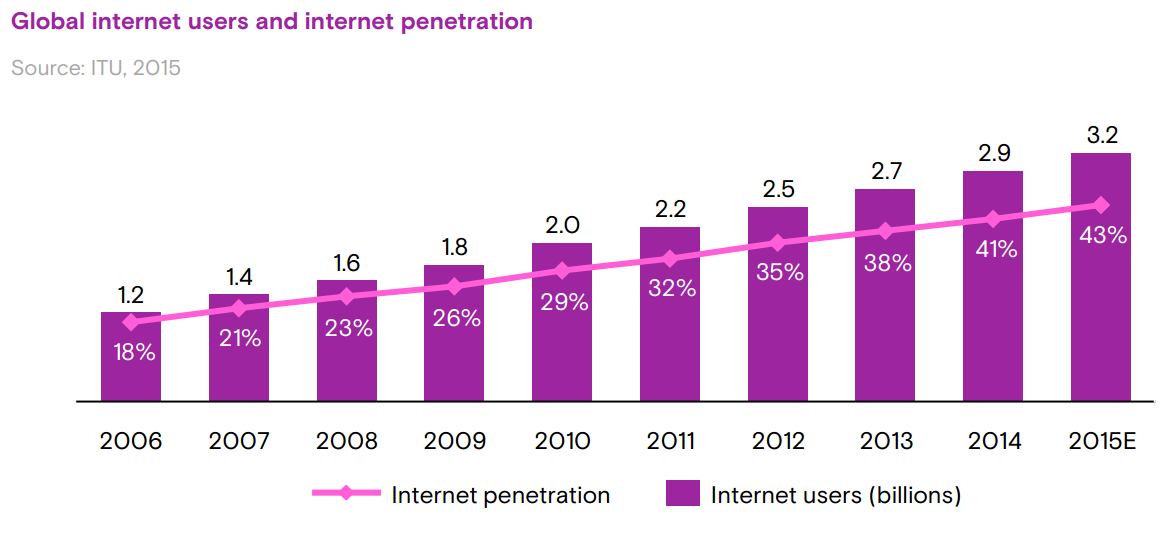
Source: State of Connectivity 2015
Background
Goal
-
"Provide an overview about different aspects of Distributed Computing using Web Technologies"
-
"Create a prototype based on the gained knowledge"
Theory
Theory
Foundation
distributed computing
web technologies
Theory
Network Types
-
client-server
-
peer-to-peer
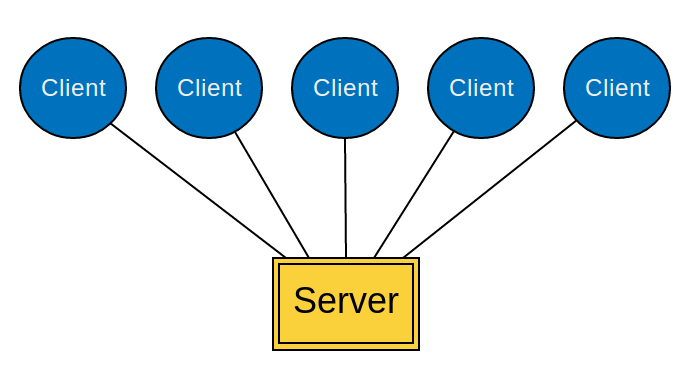

Theory
Consolidation
-
grid computing
-
volunteer computing
Theory
Algorithms
embarrassingly parallel
Theory
Environments
"The Ubiquitous Web will provide people with access whenever and wherever they find themselves, with applications that dynamically adapt to the user's needs, device capabilities and environmental conditions." - Philipp Hoschka, Ubiquitous Web Domain Leader
Theory
Web Standards
communication
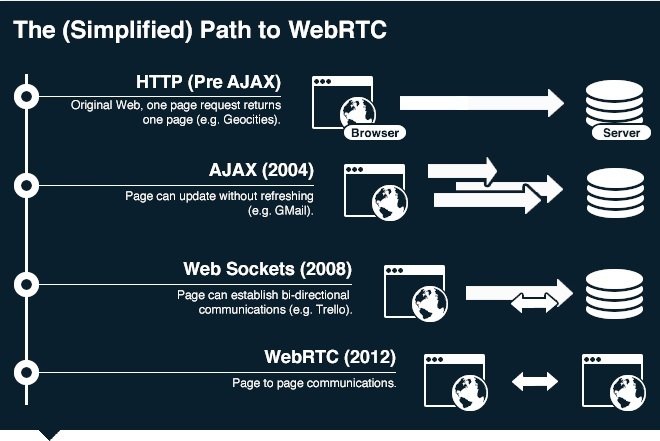
Source: Jimmy Lee
Theory
Engine
processing
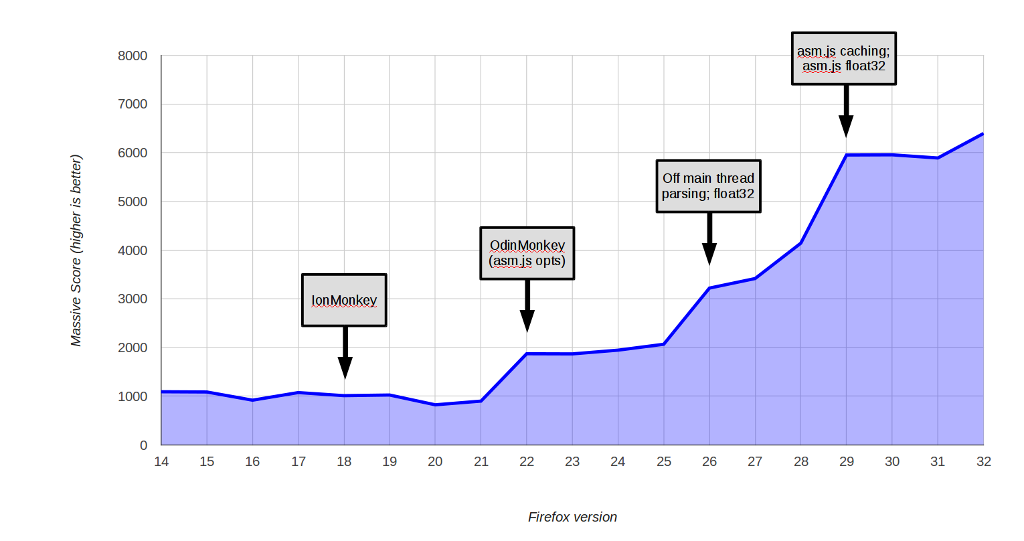
Source: Massive: The asm.js Benchmark
Analysis
Analysis
Browser Based Computing
architecture
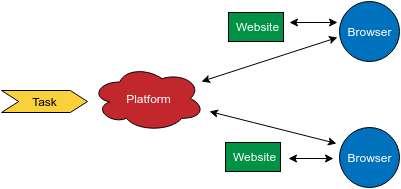
Analysis
Comparison
additional challenges
Analysis
Perspectives
motivation
Analysis
Business
unreliable resources
Analysis
Security
untrusted execution
Analysis
User Experience
performance constraints

Source: The RAIL Performance Model
Analysis
Green Computing
optimized cooling / conversion
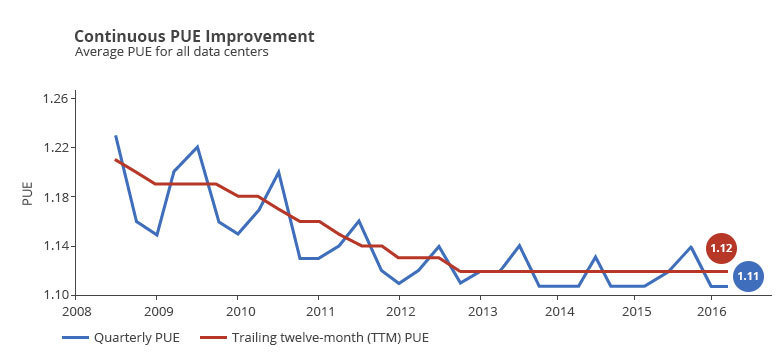
Source: Efficiency: How we do it
Analysis
Ad-Hoc Mobile
system > browser
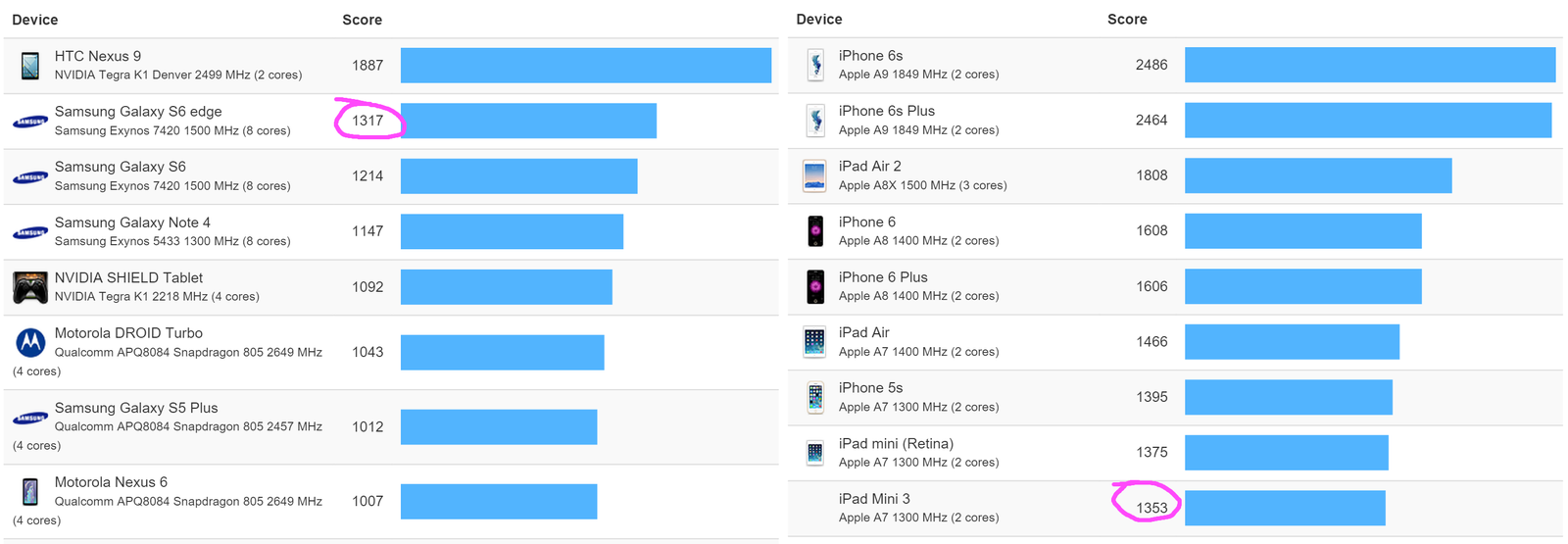
Analysis
Science
existing networks
Analysis
Graphics
balanced in-/output
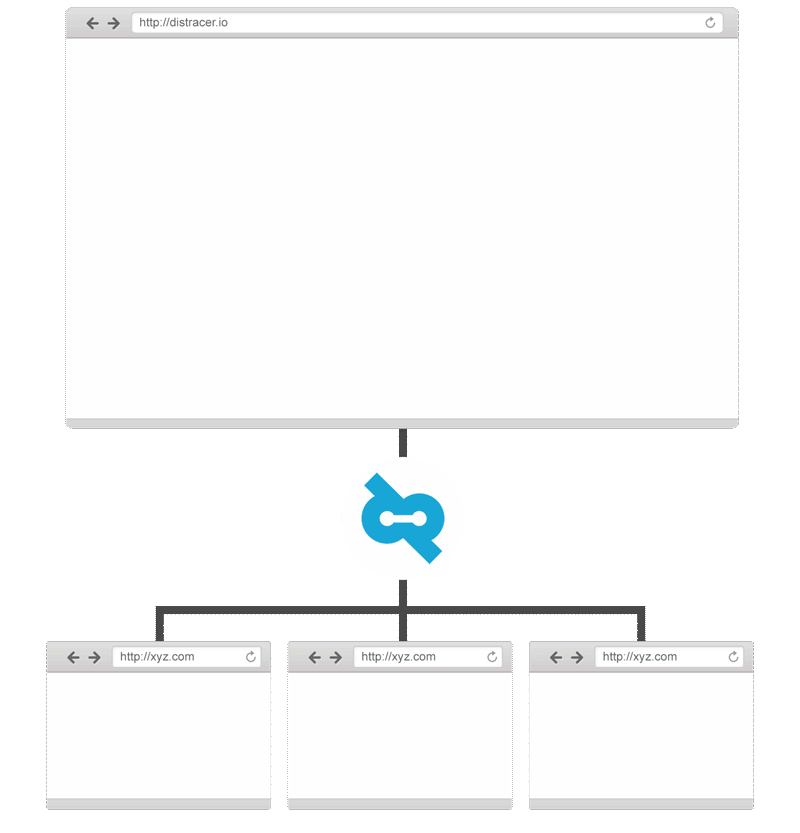
Analysis
Diversity
heterogeneous systems
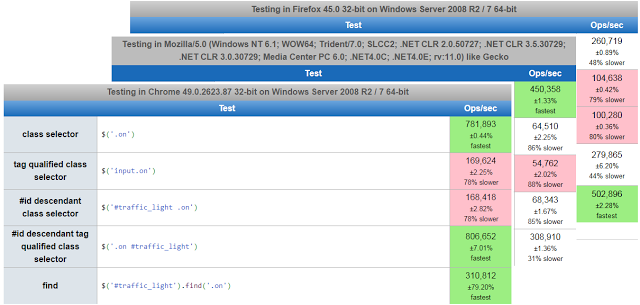
Analysis
Resources
peer assisted delivery
Development
Development
Requirements
-
users control their resources
-
data are only shared temporary
-
tasks should be universal accessible
-
modular structure for customization
Development
Concept
universal distributed assistance (udias)
Development
Demonstration

Development
Components
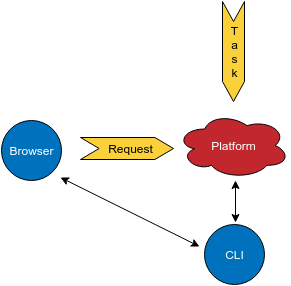
dataflow
Development
Tools
webpack
Development
Libraries
WebTorrent

Development
Implementation: Task
meta / work
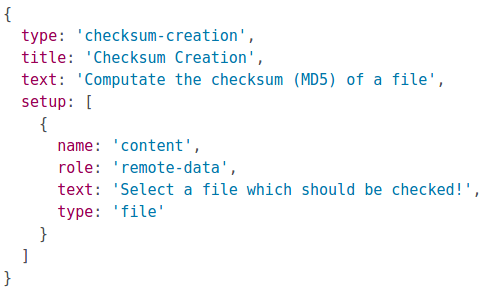
Development
API endpoints
Implementation: Service

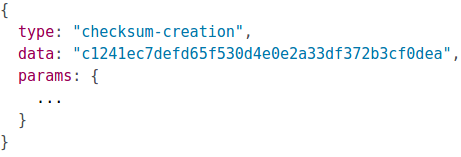
GET /tasks/{type}.{environment}.js
Development
Suppliant & Patron
Implementation: App

Development
Commands
Implementation: CLI
Conclusion
Conclusion
Evaluation
Decentral
Conclusion
Outlook
Specifications
Questions
Network Types
topologies
Details
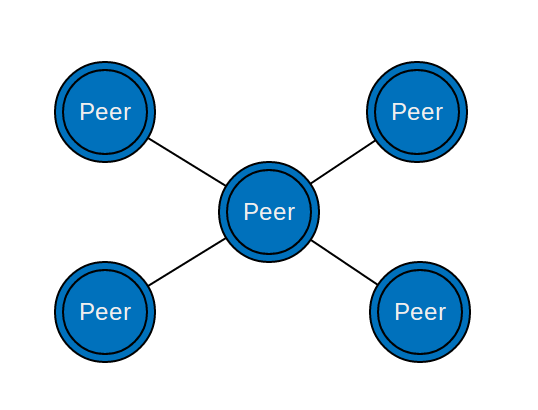
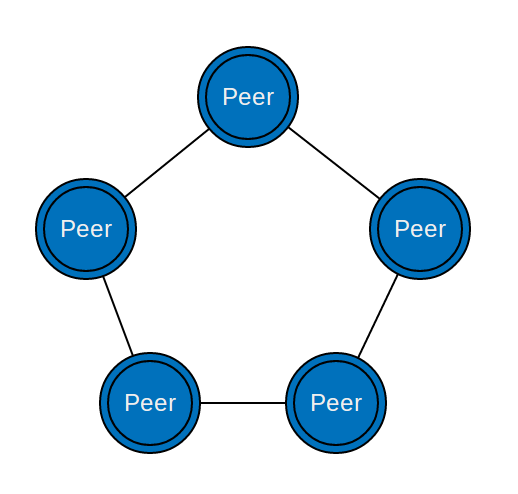
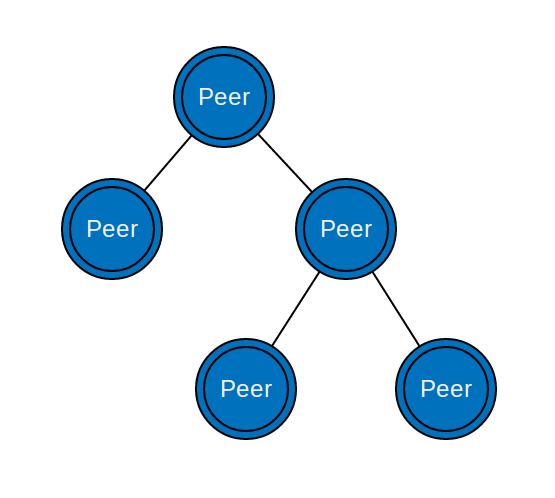
Adapation
code transformation
Details
C/C++ => LLVM => Emscripten => JavaScript
Details
Related
1996: first paper 1997: theSkyNet 1999: first volunteering computing 2009: only standard web technologies 2010: distributed decryption (Web Workers) 2011: GridBee for BOINC Tasks (localStorage) 2014: Muskeetpeer (WebRTC - DataChannels)
Collaboration
gamification
Details
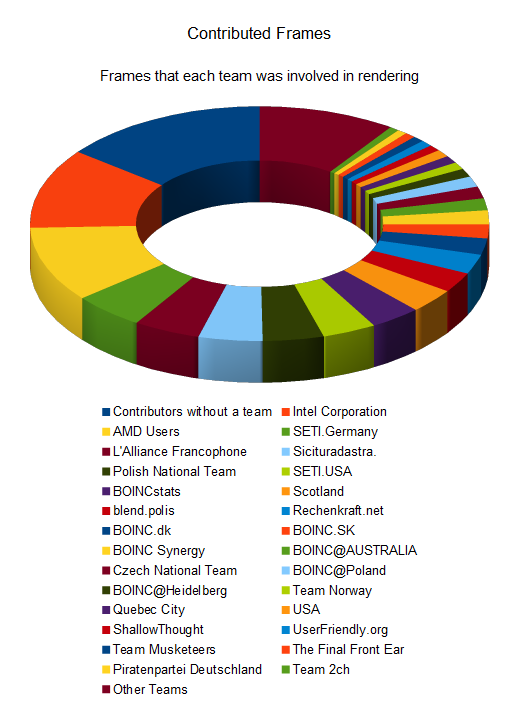
Source: Renderfarm Teams and Statistics
Trends
combine services